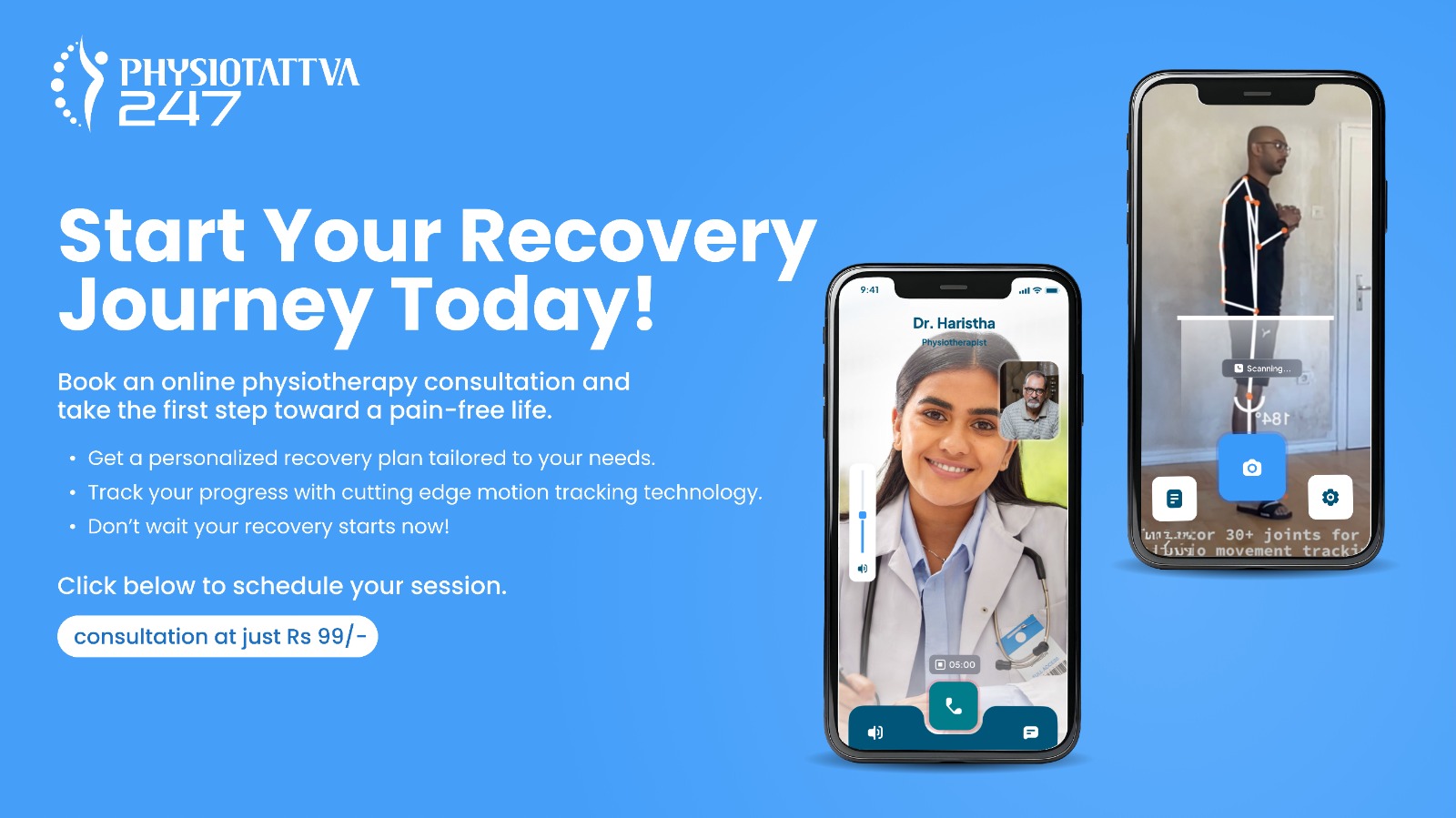What is De Quervain's Tenosynovitis?
De Quervain's Tenosynovitis, also referred to as radial styloid tenosynovitis, is an inflammation of the tendon in the rear end of the thumb by the side of the wrist. The condition restricts the movement of the thumb and causes pain while moving the wrist, grasping, or making a fist.
After whom the condition is named, Swiss surgeon Fritz de Quervain identified it in 1895. De Quervain’s tenosynovitis causes pain and loss of flexibility in the tendons.
Both surgical and nonsurgical treatments are available as an option. Overworking the muscle is usually the reason for such a condition. Hence, it is also known as gamer’s thumb, texter’s thumb, or mommy's thumb.
This article will inform you about the causes, symptoms, treatments, and physical therapy treatments for it.
De Quervain's Tenosynovitis Causes
The common cause attributed to the condition is overuse. Chronic use of the thumb might cause swelling of the tendon sheath which can entangle the abductor pollicis longus and extensor pollicis brevis tendons. Hence, causing pain.
Regular activities and sports such as typing, swiping through a phone screen, golfing, playing piano, fishing, woodwork involving carpentry, or even holding a child have led to the injuries causing the condition.
Mothers of newborns and nurses are prone to it because of repeatedly lifting the child with the support of their thumbs and wrists flexed to their extremes.
As per medical understanding recurrent movement of gripping, grasping, or wringing of objects causes inflammation of the tendons supporting the thumb’s movements. If not treated in the longer run, regular movements can further cause scarring which will restrict the motion of the thumb.
De Quervain's Tenosynovitis Symptoms
People with De Quervain’s tenosynovitis can experience pain at the rear end of the thumb extending to the forearm. More symptoms are:
- Feeling pain during wrist or thumb movement
- Feeling pain while making a fist
- Loss in grip strength
- Restricted movement of wrist or thumb
- Swelling by the side of the wrist at the end of the thumb
- Feeling popping or creaking sensation by the wrist while extending the thumb.
It is recommended to seek medical intervention if the above symptoms are noted. Treatment for it involves surgical or non-surgical options depending upon the doctor’s diagnosis of the severity of the injury.
After the initial examination, which also includes a physical exam, the Doctor often refers the patient to a physical therapist or a hand specialist for further rehabilitation. The first step toward rehabilitation is isolating the movement of the hand ie resting it from activities. Ahead of the article, you will be informed of the diagnosis and treatment for de Quervain's tenosynovitis.
De Quervain's Tenosynovitis Diagnosis
In the initial stages of the checkup, the doctor inspects for the symptoms of the condition, a history-taking session, and then a physical examination. It is up to the doctor to recommend whether an x-ray is required or not.
A simple exercise for diagnosing De Quervain's Tenosynovitis is the Finkelstein test.
In the Finkelstein test, the patient is advised to fold the thumb at the base of their fingers and then wrap the fingers over the thumb. The wrist is to be moved up and down in motion and to mimic shaking someone’s hand. The small exercise causes the inflamed tendons to be stretched through the sheath. If the exercise results in causing pain at the base of the thumb, the patient is thus diagnosed with de Quervain’s tenosynovitis.
De Quervain's Tenosynovitis Treatment with Physical Therapy
Massage
Massage relaxes tight muscles and helps them strengthen. A deep tissue massage can relax the muscle at the center of the injury. The Graston Technique paired with other exercises is extremely beneficial for healing. This is one of the methods for De Quervain's Tenosynovitis physical therapy.
Ice/Heat Packs
A mix of Ice or Heat Pack massages helps in relieving the muscle from pain. The heat (from using a heating pad or a warm water bottle) loosens the tight muscle while ice is used to relieve the inflated thickness of the extensor sheath.
Exercises
Once the pain has eased patients can start strengthening exercises. You will be guided by the physical therapist throughout the program. The pace of progress will be slow and to not aggravate the pain, the movement of the hand will be in the pain-free motion range.
Laser Therapy
Most used and highly effective in pain reduction and movement recovery.
Cautionary Advice for De Quervain's Tenosynovitis
Rest is an important part of recovery. If you notice the swelling and pain not reduced after 4 weeks bring it to the doctor’s attention immediately. Early medical intervention boosts recovery and avoids further damage. The treatment for De Quervain's tenosynovitis needs to be personalized for every individual. Wearing a splint early will help avoid aggravated symptoms and enable the patient to perform tasks like household chores and professional work. The patient needs to be informed about the activities to avoid and on tissue healing. Strengthening exercises progress through stages as follows: isometric, eccentric, and concentric inner range,. It is important to note that before progressing to the next stage patient should not be in pain.





.webp)
.webp)

-min.webp)

